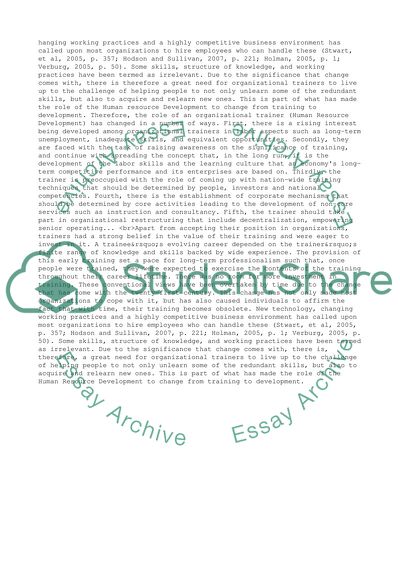Cite this document
(“How the Role of the Organizational Trainer Has Changed in the Last Ten Essay”, n.d.)
Retrieved from https://studentshare.org/management/1404701-discuss-how-and-why-the-role-of-the-organisational
Retrieved from https://studentshare.org/management/1404701-discuss-how-and-why-the-role-of-the-organisational
(How the Role of the Organizational Trainer Has Changed in the Last Ten Essay)
https://studentshare.org/management/1404701-discuss-how-and-why-the-role-of-the-organisational.
https://studentshare.org/management/1404701-discuss-how-and-why-the-role-of-the-organisational.
“How the Role of the Organizational Trainer Has Changed in the Last Ten Essay”, n.d. https://studentshare.org/management/1404701-discuss-how-and-why-the-role-of-the-organisational.


